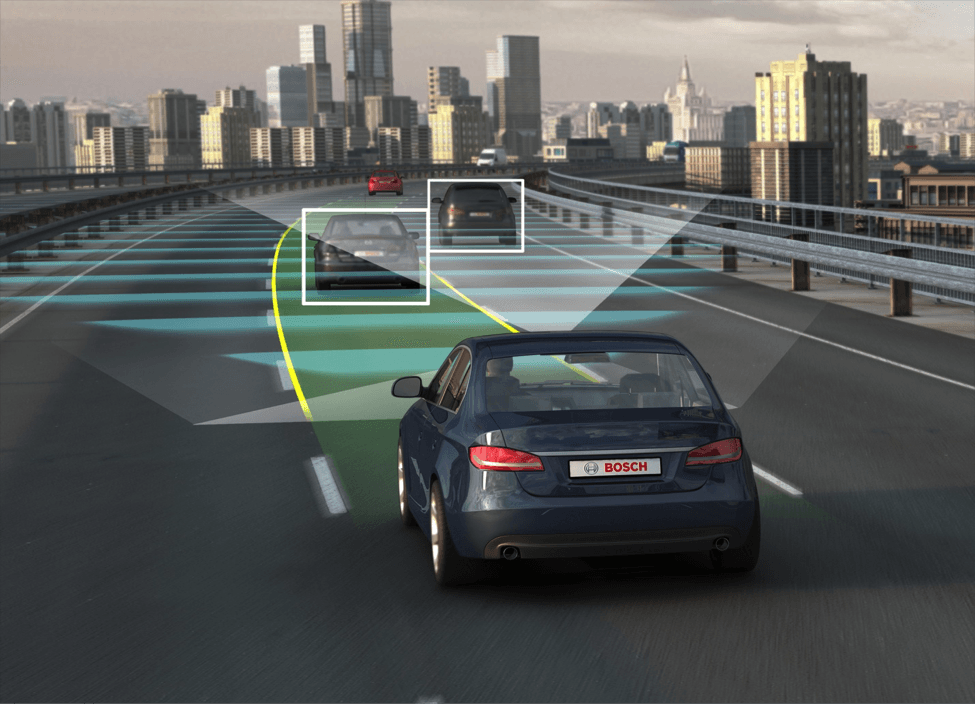
Autonomous Vehicles in Action. (Source: csctbsc http://csctbsc.com/automated-cars/).
There are certain situations for which automated vehicles (AVs) must be programmed to either preserve the life of the passenger or to sacrifice the passenger for the life of a passerby. Experimenters conducted a survey to determine what the average driver thinks of these moral dilemmas (1).
AVs have the potential to reduce traffic significantly, reduce pollution, and decrease the number of car crashes by up to 90%. However, the globalization of AVs will be stalled until certain moral questions can first be answered by the manufacturers, government, and the general public (1).
Though the chance of a car accident will be extremely low with the globalization of AVs, there are certain scenarios that are bound to occur in which the AV will have to make a life-saving decision. Here are three hypothetical situations in which an AV may have to make a difficult decision: killing multiple pedestrians or one pedestrian, killing one pedestrian or one passenger, and killing several pedestrians or one passenger (1).
An online survey was conducted with American residents to see what the average person thinks the AV should do. On average, people thought that the AV should take the course of action that minimizes casualties, or what is referred to as the utilitarian course of action. However, people were less likely to buy an AV that was programmed to do so (1).
Furthermore, when asked if they would support the government in enforcing the utilitarian standard, people on average were not for it (1).
So, though people agree that the utilitarian action of protecting the most lives makes for a better world, they are more incentivized to ride a car that will protect them no matter what. Continuing, people also disapprove of a governmental regulation of this moral standard (1).
Researchers conclude that “our results suggest that such regulation could substantially delay the adoption of AVs, which means that the lives saved by making AVs utilitarian may be outnumbered by the deaths caused by delaying the adoption of AVs altogether” (1).
Thus these ethical questions are particularly pressing. It is also important to note that there are many variations to these ethical dilemmas, such as whether the AV should consider the age of the pedestrians, or the number of passengers in the car, that also eventually need to be addressed (1).
Article citation
1. Bonnefon, J., Shariff, A., & Rahwan, I. (2016, June 24). The social dilemma of autonomous vehicles. Retrieved July 04, 2016, from http://science.sciencemag.org/content/352/6293/1573.full

Leave a Reply